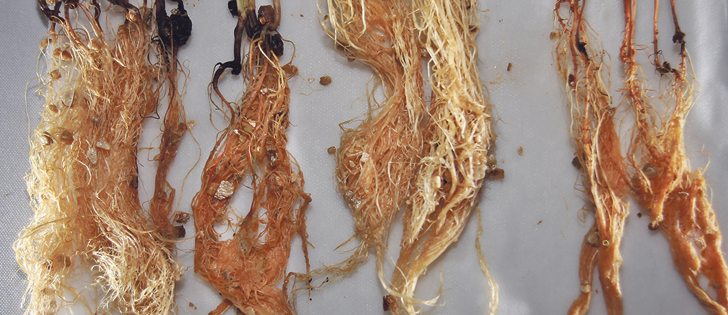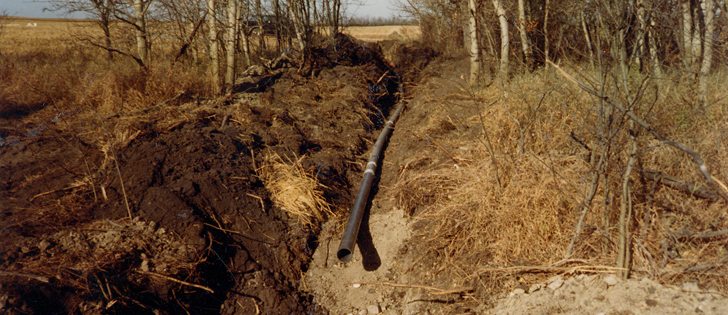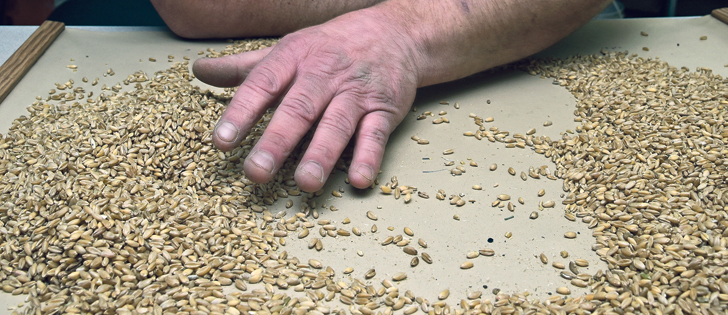Root rot is rampant in Saskatchewan pea and lentil fields.
The disease was found in 80 to 90 percent of the fields sampled in 2016, and 40 to 50 percent of them had moderate to severe symptoms.
Aphanomyces is the most destructive form of root rot. It was found in 70 percent of the lentil fields and 60 to 70 percent of the pea fields.
Pea fields often had either no signs of the disease or 75 to 100 percent infection levels. Lentils tended to have less of the extremes and more fields where there was 25 to 50 percent positive samples, indicating infestation had started but had not yet spread over the entire field.
Read Also

Farming Smarter receives financial boost from Alberta government for potato research
Farming Smarter near Lethbridge got a boost to its research equipment, thanks to the Alberta government’s increase in funding for research associations.
The other big players in the root rot complex are two species of fusarium — avenaceum and solani — which were found in 80 to 90 percent of the fields. They are different pathogens than fusarium graminearum, which causes head blight in wheat and barley.
Agriculture Canada plant pathologist Syama Chatterton told farmers attending her CropSphere presentation in Saskatoon last week that there is compelling evidence to suggest aphanomyces and fusarium have a synergistic relationship.
In a greenhouse setting it takes 750 oospores of aphanomyces per gram of sterile soil from the brown soil zone to get a disease severity of three, which is a moderate infection.
The threshold level fell to 100 oospores per gram of brown soil when researchers used raw soil that had not been sterilized.
“This just drives home the message that the presence of other micro-organisms, particularly fusarium, is really impacting the disease progression,” she said.
Another finding is that dark brown soils are most conducive to harboring the disease, likely because of the high clay content. Aphanomyces is a water mould that requires moisture to thrive.
Ethaboxam, which is sold as Intego Solo, is the only product registered for controlling aphanomyces in pulses. It has to be applied in conjunction with another seed treatment.
Chatterton said the product works well in the early stages of crop development, but by flowering and pod fill there was not much difference in disease severity compared to untreated fields.
Phostrol, which is not registered on pulse crops, has shown good efficacy against water mould pathogens. However, it does not provide full-season protection.
In-crop fungicides are useless because the chemical does not reach the roots.
The only effective method of control when aphanomyces is present is to take a six to eight year break from growing peas and lentils on that field, allowing the oospores to degrade and decay.
Chatterton’s lab is working on a variety of root rot research projects. The most important one is to develop a method for quantifying how much inoculum is in a field.
Current tests reveal whether aphanomyces is present or not, but not at what level. A more robust test would help producers decide whether they want to risk planting peas and lentils.
Other research projects include studying the effect of soil amendments such as lime and calcium and using brassica cover crops to suppress the disease, but all of those control methods are fraught with practical challenges.


















